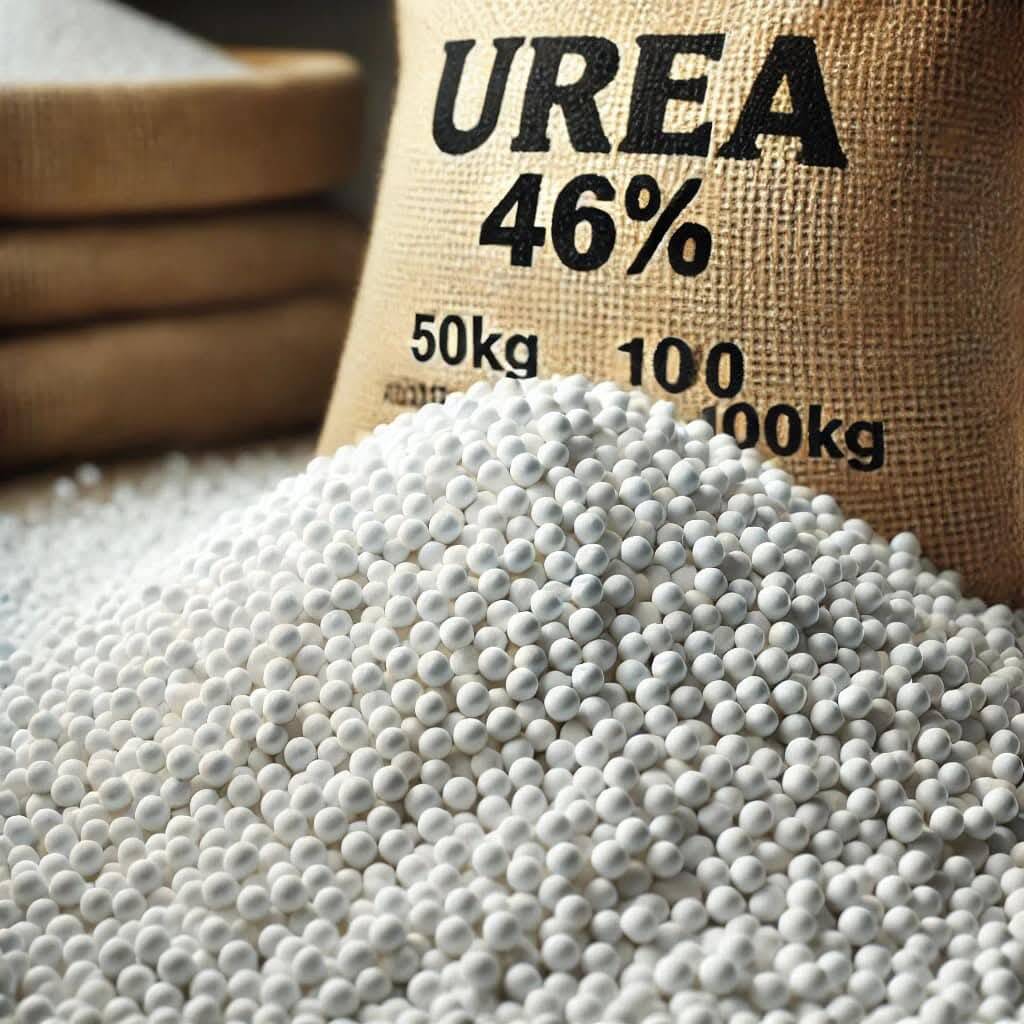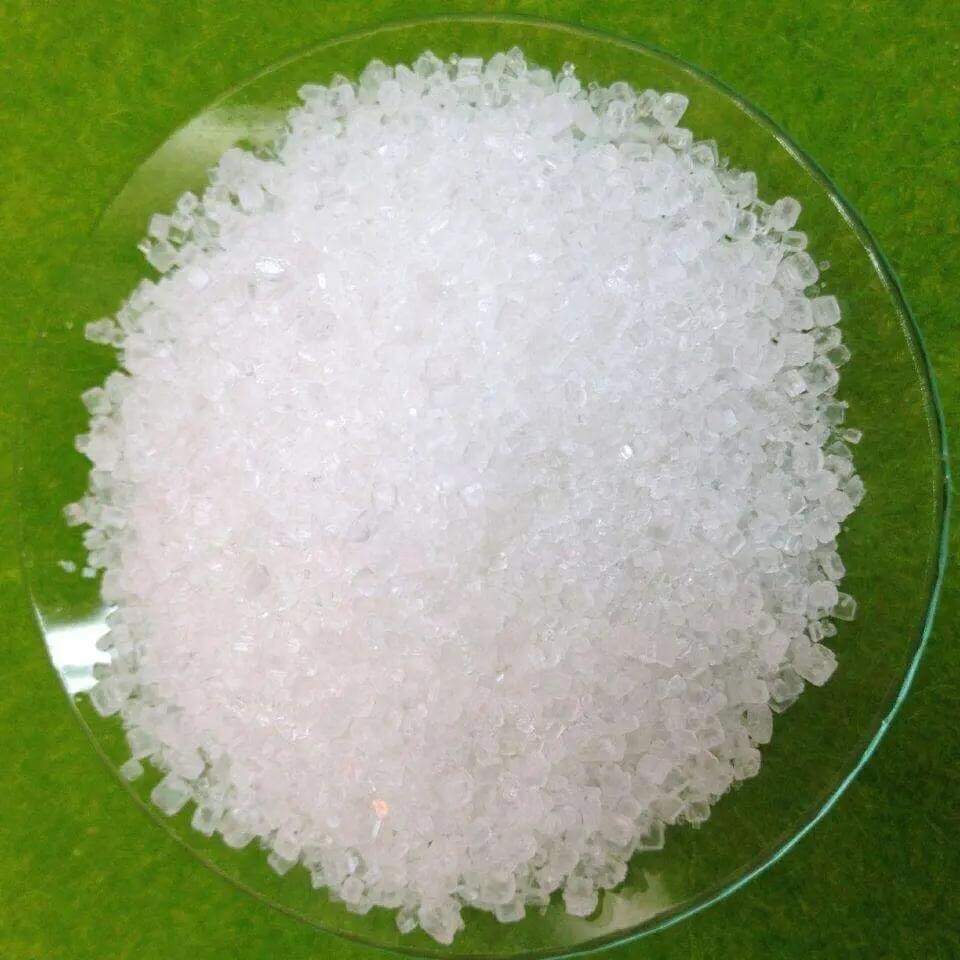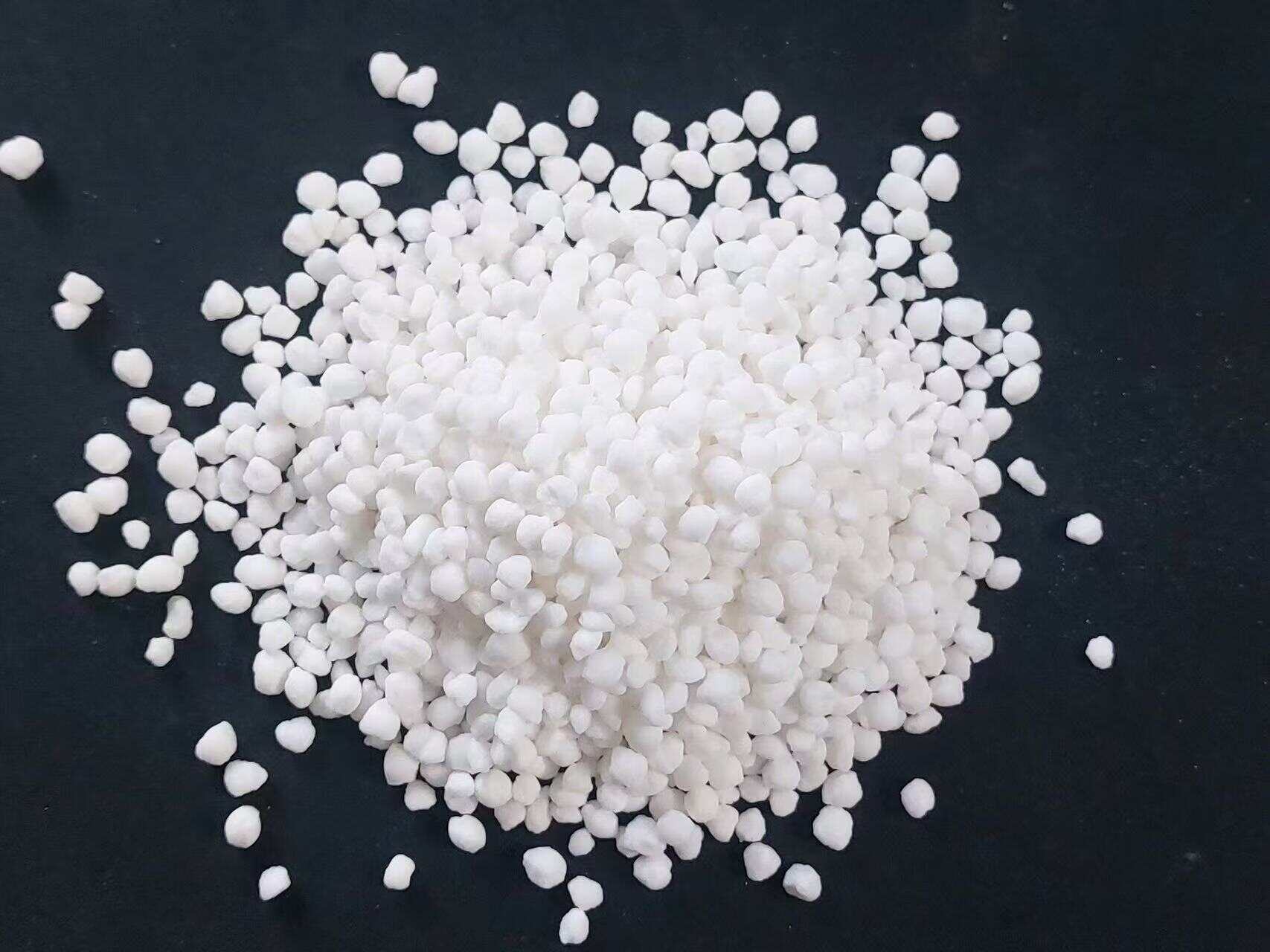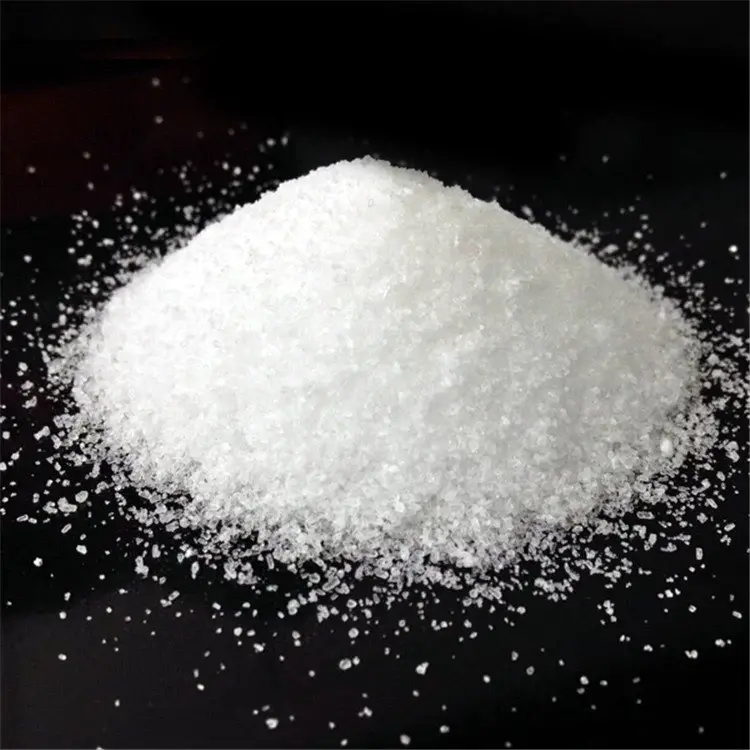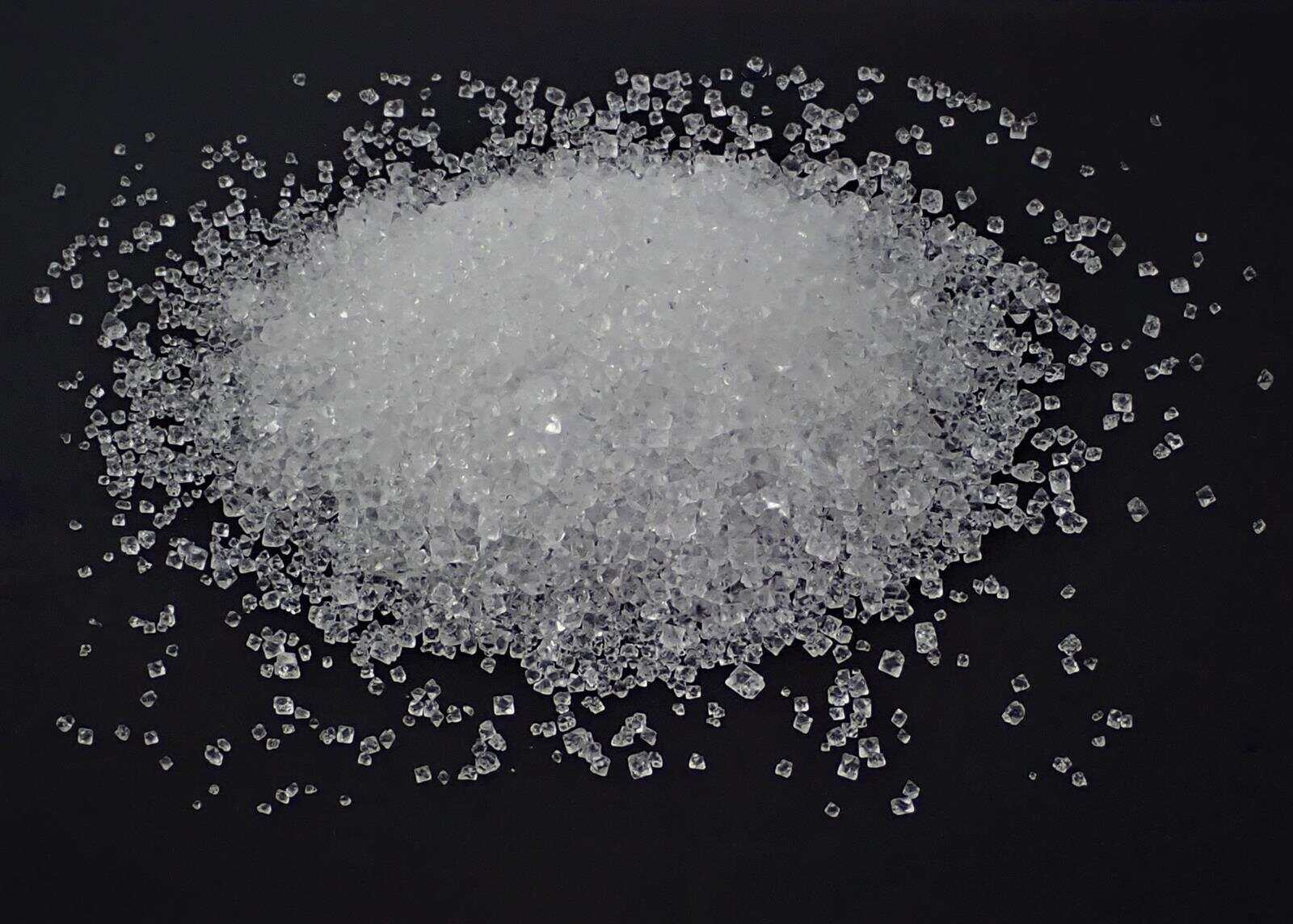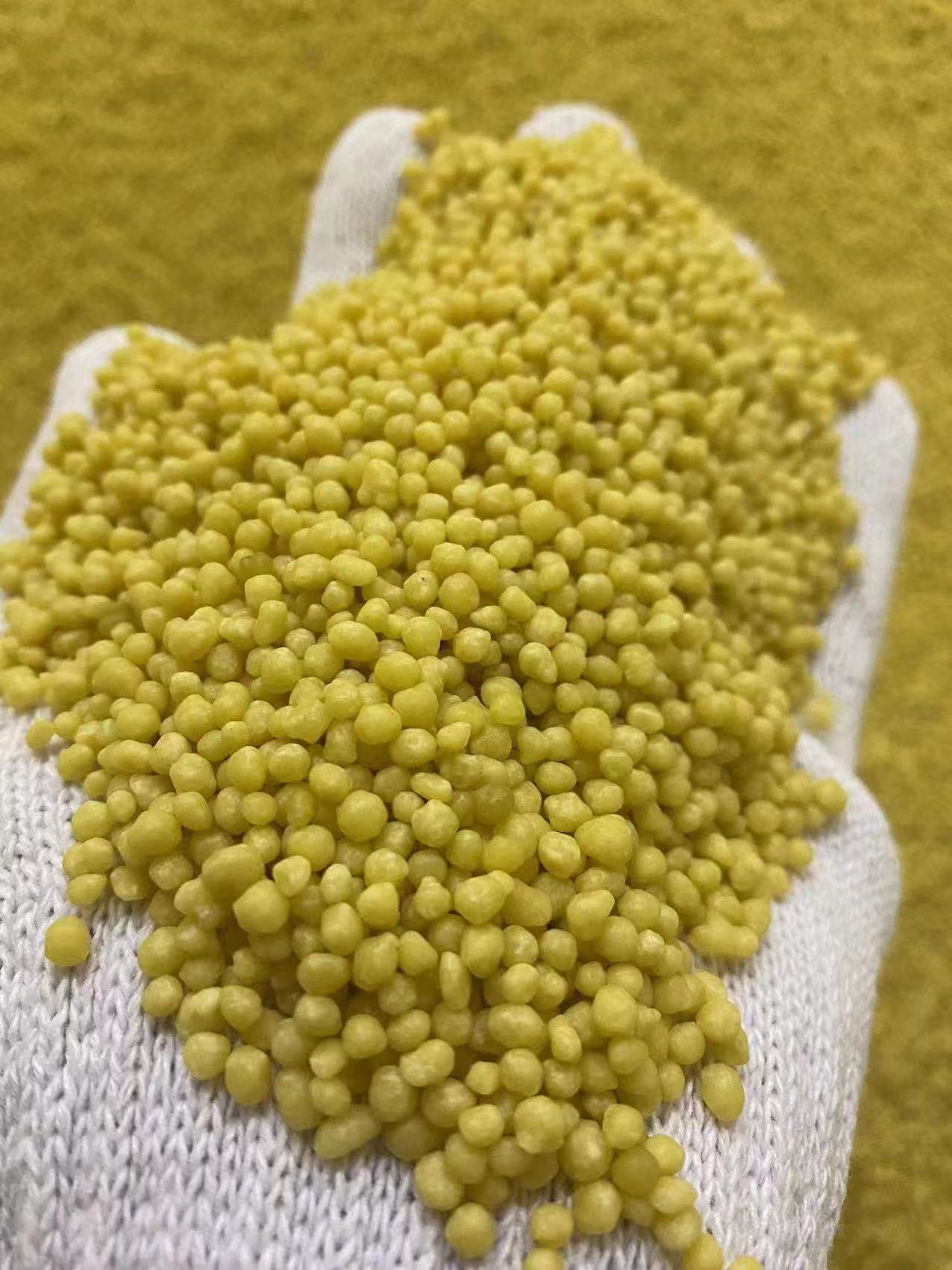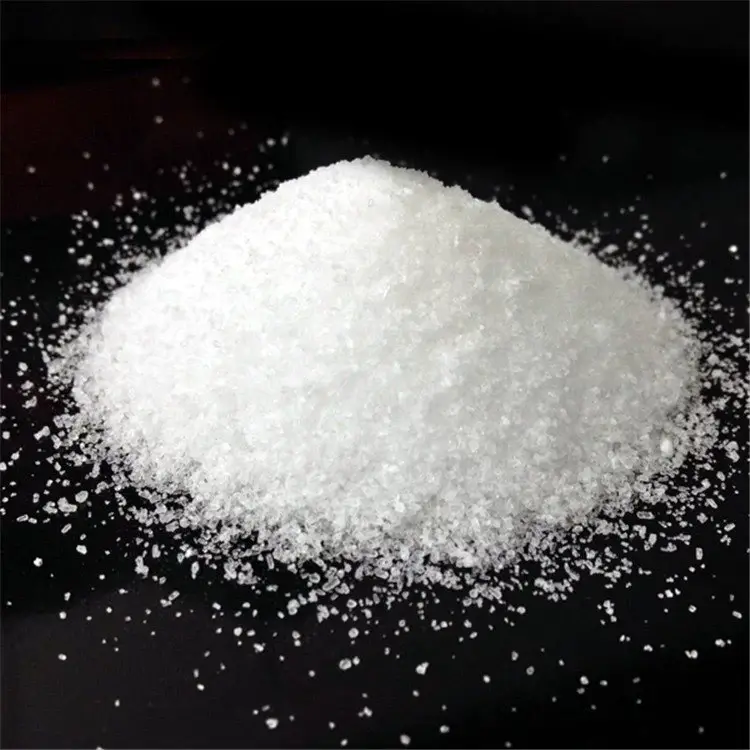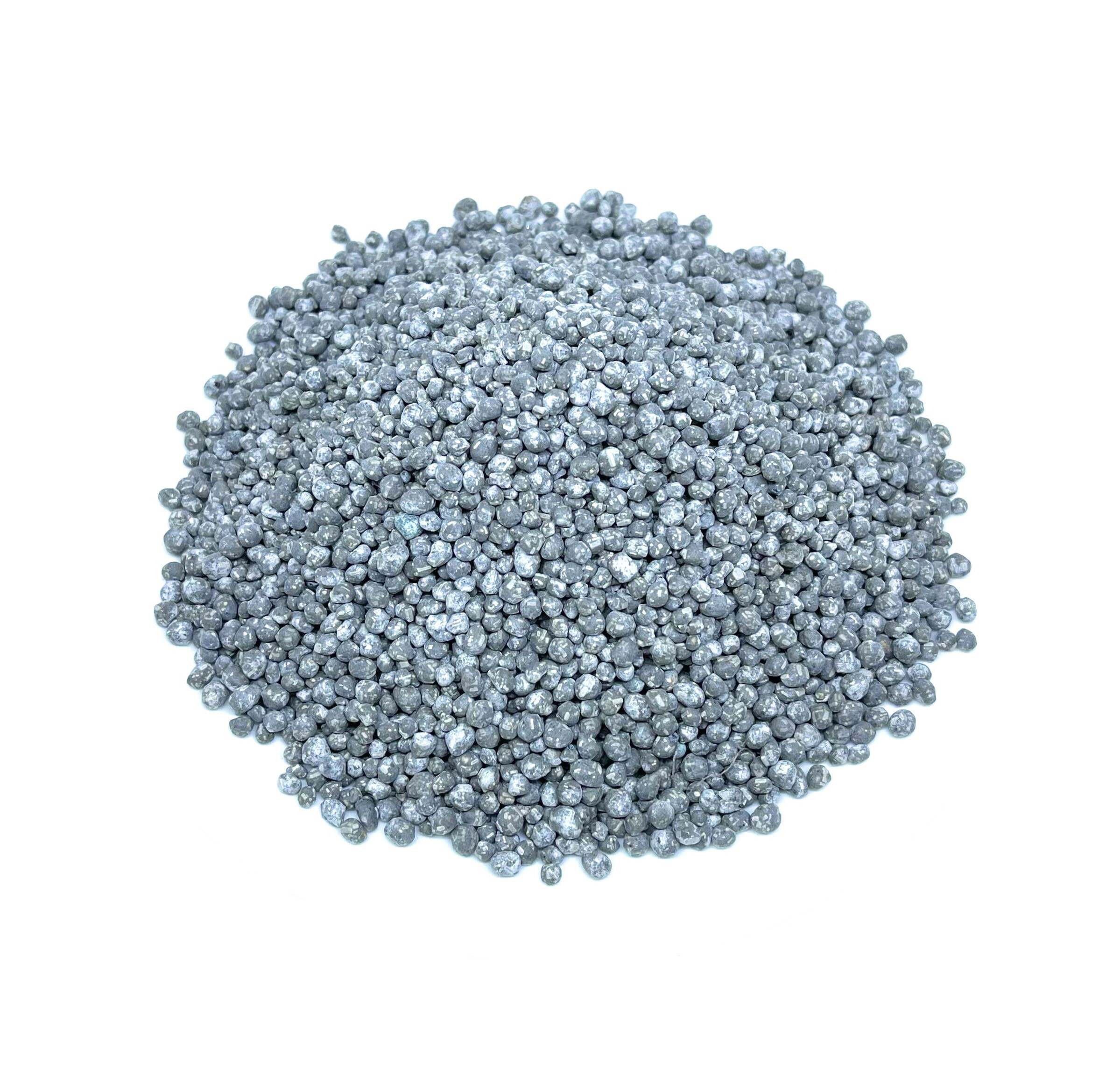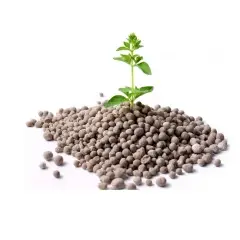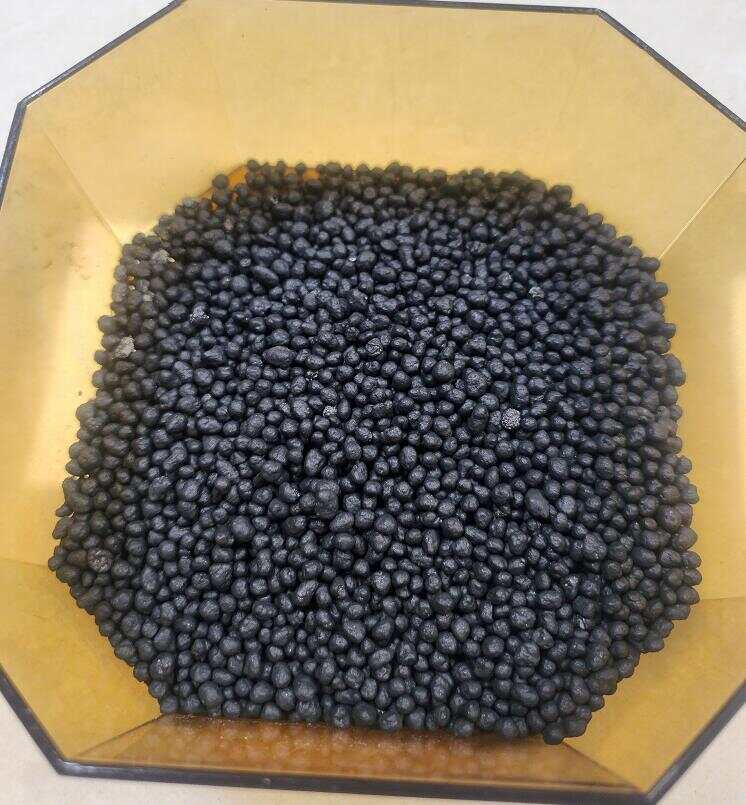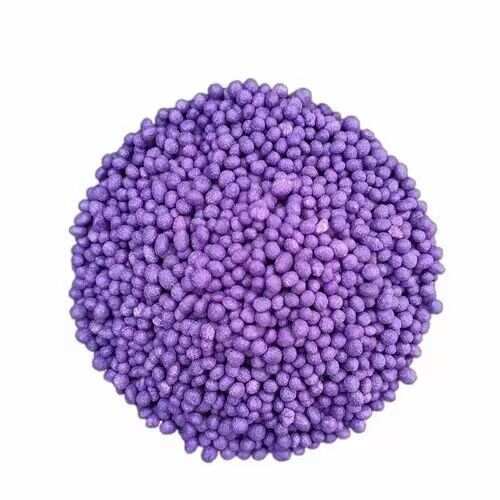- 73 UPPER PAYA LEBAR ROAD #06-01C CENTRO BIANCO SINGAPORE 534818
- zengy7073@gmail.com
Email format error
Email cannot be empty
Email already exists
6-20 characters(letters plus numbers only)
The password is inconsistent
Email format error
Email cannot be empty
Email does not exist
6-20 characters(letters plus numbers only)
The password is inconsistent
Nitrogen fertilizer
(6)Ammonium Sulphate (Caprolactum Grade) Fertilizer
Easy absorption of moisture agglomerate, with strong corrosive and permeability. Has hygroscopic, moisture absorption into pieces after consolidation.It can completely broken down into ammonia and sulphuric acid when heated to 513 °C above. And it release ammonia when it react with alkali. Low poison, stimulating.
Granular Ammonium Chloride
Granular Ammonium Chloride (NH₄Cl) is a nitrogen-based fertilizer widely used in agriculture to provide crops with an essential nutrient—nitrogen—in a form that is readily available to plants.
Ammonium Chloride Powder
Ammonium Chloride Powder is a white, crystalline solid that is highly soluble in water. It is commonly used as a fertilizer due to its high nitrogen content, which is essential for plant growth. With the chemical formula NH₄Cl, ammonium chloride is produced by neutralizing ammonia with hydrochloric acid.
Ammonium Sulphate (Chemical Grade/Steel Grade/MMA Grade/Coking Grade)
Ammonium sulfate is widely used in agriculture as a fertilizer due to its high nitrogen content, but it also has applications in various industrial processes. CAS RN: 7783-20-2 Molecular Formula: (NH4)2SO4
Phosphate fertilizer
(5)Diammonium Phosphate Dap 18% N 46% P2O5
DAP fertilizer is an excellent source of P and nitrogen (N) for plant nutrition. It's highly soluble and thus dissolves quickly in soil to release plant-available phosphate and ammonium. A notable property of DAP is the alkaline pH that develops around the dissolving granule. It is perfect for any agriculture crop to provide full phosphorus nutrition throughout crop growth and development, as well as a starter dose of nitrogen and low sulphur. It can be applied in autumn for tilling and in spring during sowing, as well as for pre-sowing cultivation. DAP is the most widely used phosphate fertilizer among growers today. It is manufactured by reacting phosphoric acid and ammonia and contains two ammonia molecules. In alkaline soil conditions, one of the ammonia molecules in DAP will revert to ammonia, making it an excellent fit for low pH or alkaline soil. DAP itself is alkaline with a high pH, exceeding 7.5. Nutrients include P2O5 (46%) and ammoniacal nitrogen (18%). DAP provides the correct proportion of phosphate and nitrogen needed for farming wheat, barley and vegetables. It is also applied in the early stage of fruit orchard fertilization.
Monoammonium Phosphate Powder Map 10% N 50% P2O5
Monoammonium Phosphate,can be used as a raw material for the production of compound fertilizer, and can also be used as a raw material for flame retardants in industry. Instructions for use: Monoammonium phosphate is suitable for all types of soil and crops, and can be used as base fertilizer, seed fertilizer and top dressing. Its usage, dosage and application principles are the same as those of diammonium phosphate.It should be noted that since monoammonium phosphate is acidic, it cannot be mixed with alkaline fertilizers when mixed with other fertilizers. Monoammonium phosphate (fertilizer grade) is a powdery product and a good raw material for the production of BB fertilizer. It can be directly applied as a high-efficiency fertilizer, and can also be used as a nitrogen and phosphorus raw material for manufacturing a series of compound fertilizers. The product is widely used in rice planting, It is suitable for various food crops and cash crops such as wheat, corn, sorghum, cotton, fruits, vegetables, etc., and is suitable for use in arid and dry areas.
Granular fused magnesium phosphate fertilizer ( FMP)
Sand Type – Natural Ore-Apatite Under high heating with alkaline mineral, complete fused, cooled in water and TE Added Phosphorus (P205): 15-17%, Magnesium (MgO): 15-18%, Ca0: 28-34% Silicon dioxide (Si02): 24-30% TE: Fe, Mn, Zn, Cn, Mo, B Advantages:It has a pH8.0-8.5, reduce acidity and desalinize soil. Naturalize Toxic acid in soil and from fertilizer like AS, AC, & MOP High Citric solubility more 90% Suppresses heavier element like iron and aluminum Prevent nutrients leaching High CEC, improving nutrient up to take and absorbing Good soil conditioner Increase water retention When and how to use FMP When planting LCC (10-30gms) During fielding planting of oil palm seedings (50gms at bottom of hole, 50gms as top dressing) Thereafter, yearly application of 1.5-2.0 kg per palm.
Triple Super phosphate TSP 46% P2O5
Triple superphosphate (TSP) was one of the first high-analysis phosphorus (P) fertilizers that became widely used in the 20th century. Technically, it is known as calcium dihydrogen phosphate and as monocalcium phosphate, [Ca(H₂PO₄)₂ . H₂O]. Triple Super phosphate (TSP) is a high-concentration phosphate fertilizer that can be applied directly or used as a raw material for compound fertilizers, 90% of the phosphorus pentoxide is water-soluble, so it can be quickly absorbed by plants. Applications Double superphosphate is a commonly used phosphate fertilizer, mainly used for leguminous crops which do not require nitrogen fertilizer, such as peas, lentils and soybeans.
Compound fertilizer
(2)NP Fertilizer
NP Granular Fertilizers offer a carefully composed mixture of nitrogen (N) and phosphorus (P), as well as nutrients including sulfur (S), magnesium (Mg), and calcium (Ca).
NPK Fertilizer
NPK fertilizer is a type of fertilizer that contains three essential macronutrients: Nitrogen (N), Phosphorus (P), and Potassium (K). These nutrients are crucial for the growth and development of plants: Nitrogen (N) promotes healthy leaf and stem growth, enhancing the plant’s ability to photosynthesize. Phosphorus (P) aids in root development, flower and fruit production, and overall energy transfer within the plant. Potassium (K) strengthens plant immunity, regulates water balance, and contributes to the overall growth and resistance to diseases. The numbers on an NPK fertilizer label (e.g., 20-10-10) represent the percentage of each nutrient in the mix. High-quality NPK fertilizers, often referred to as "high-tower" in the industry, typically have a higher concentration of these nutrients, providing more effective and efficient plant growth.
